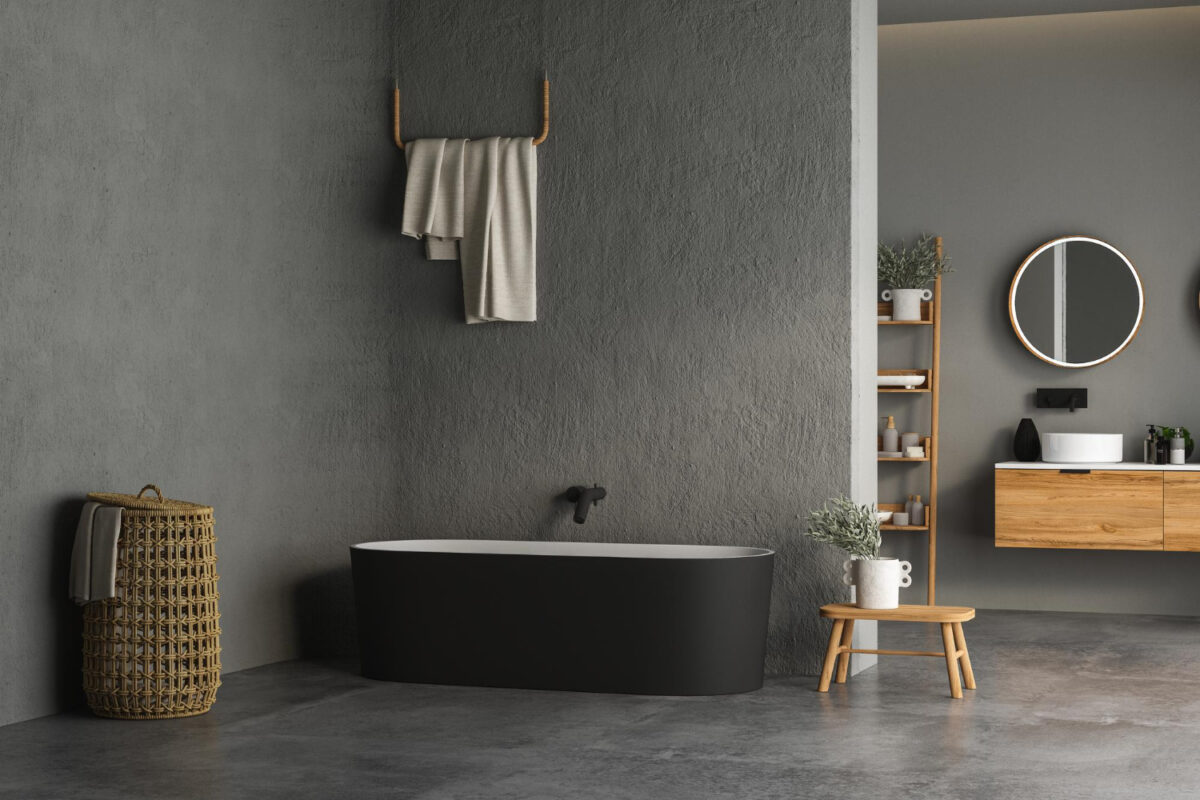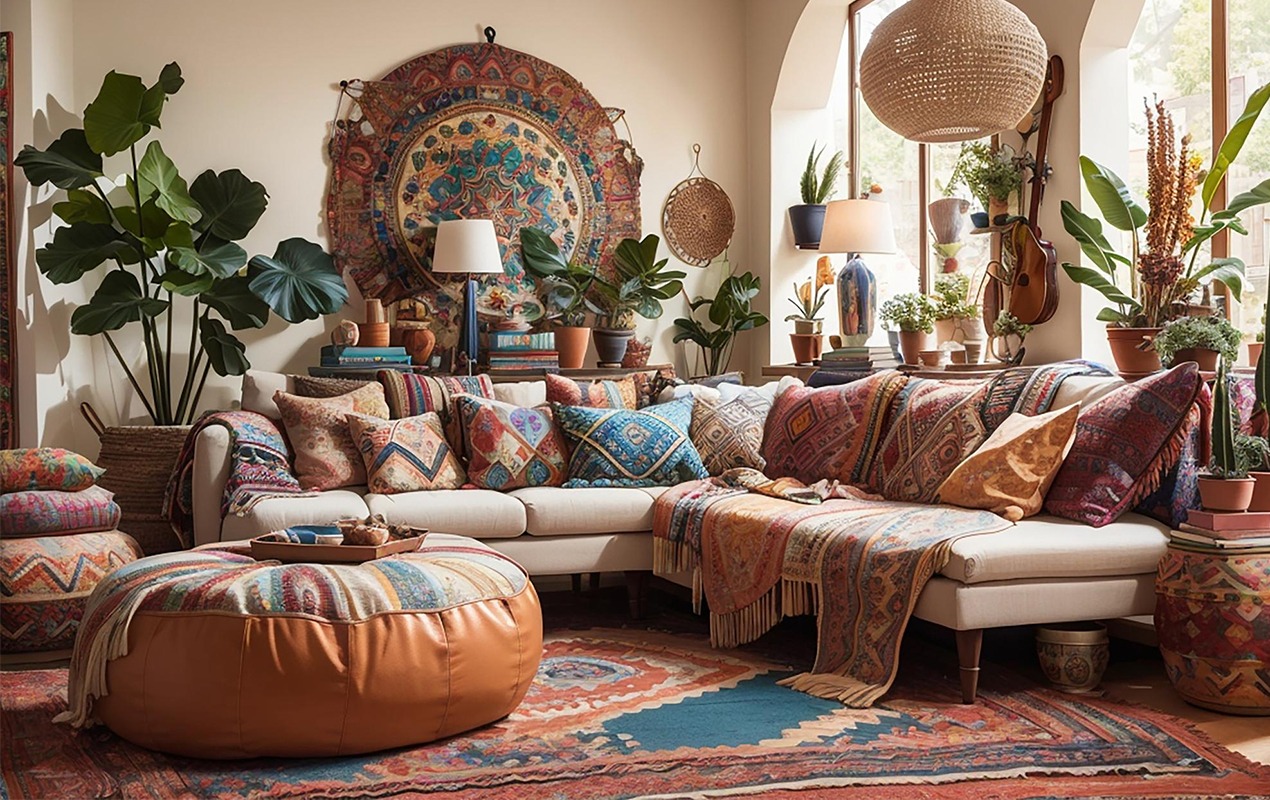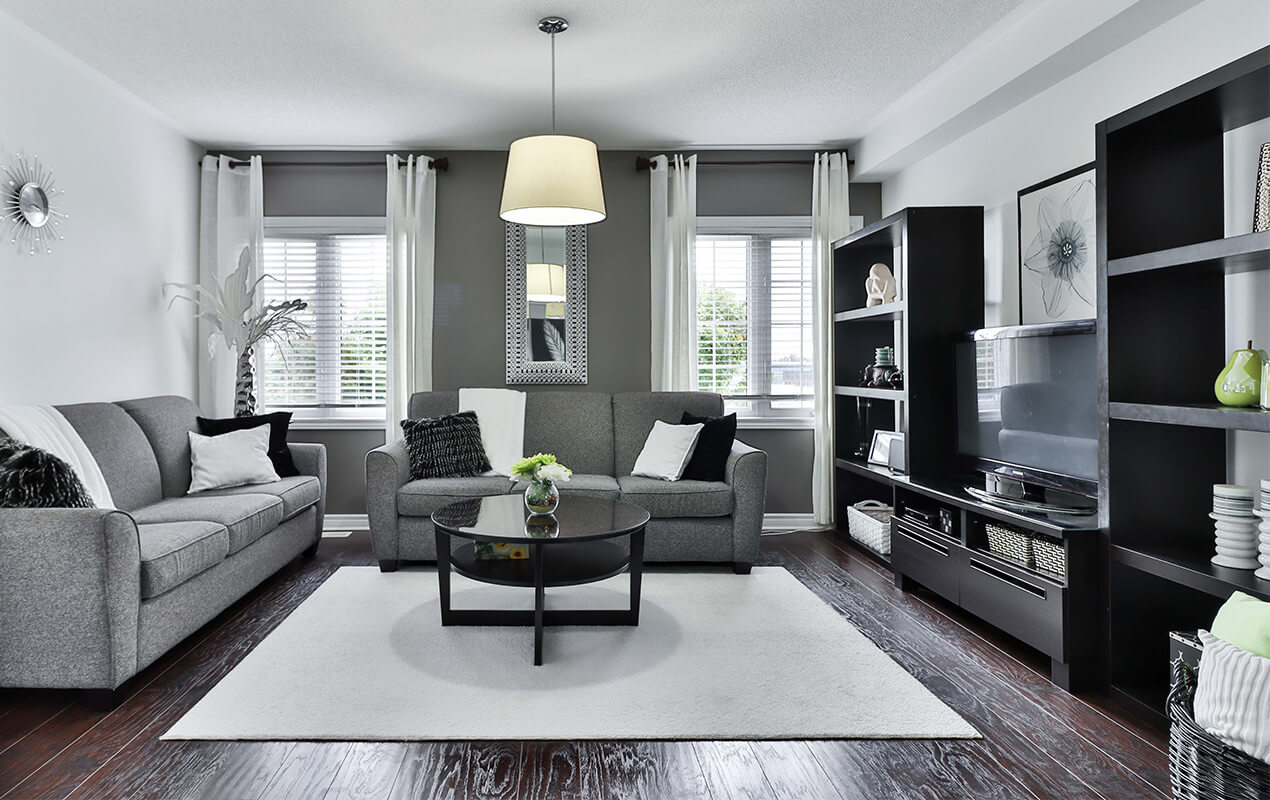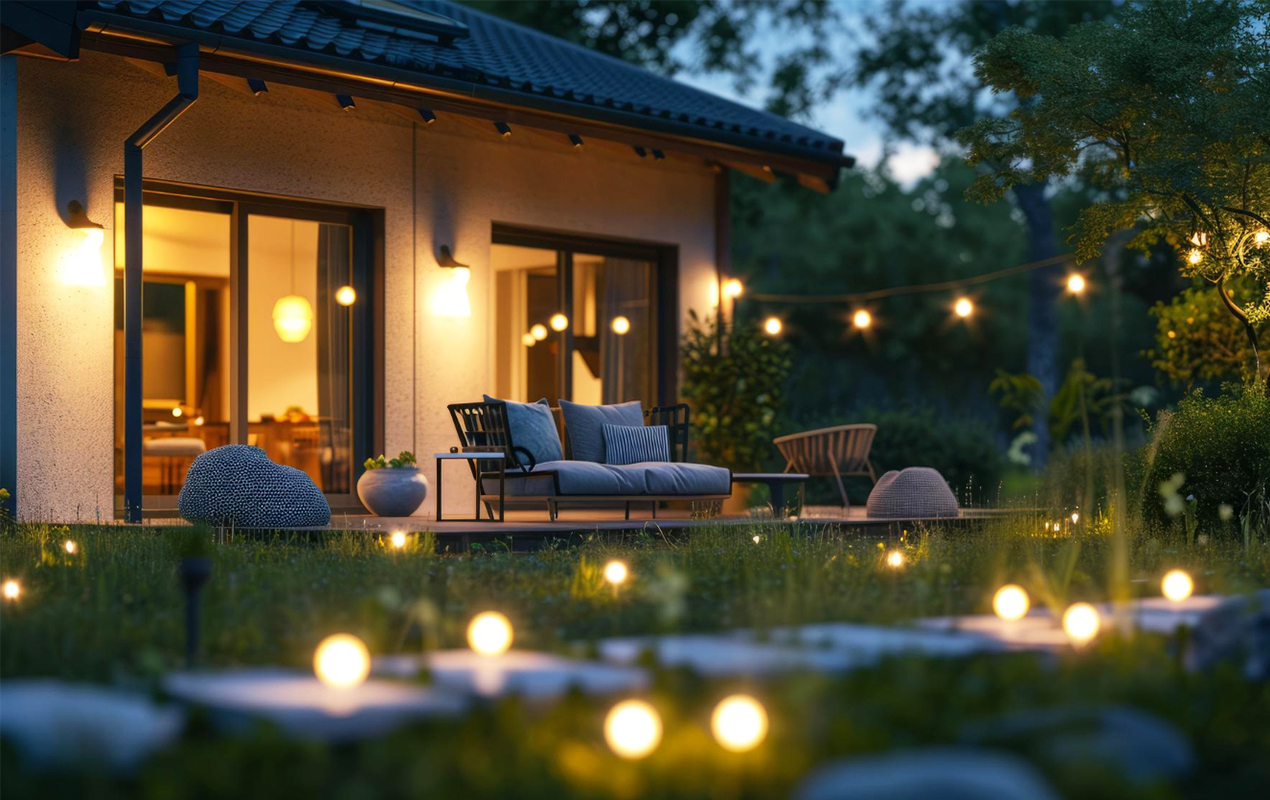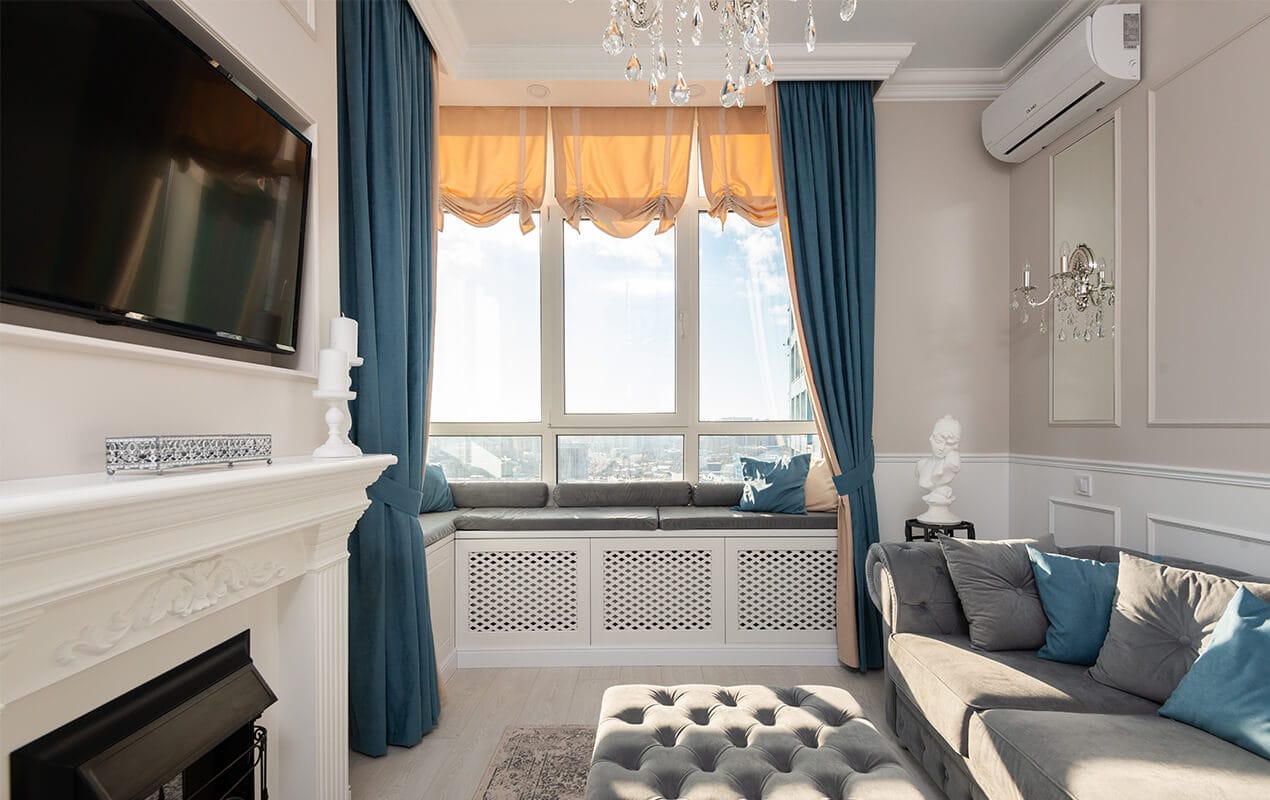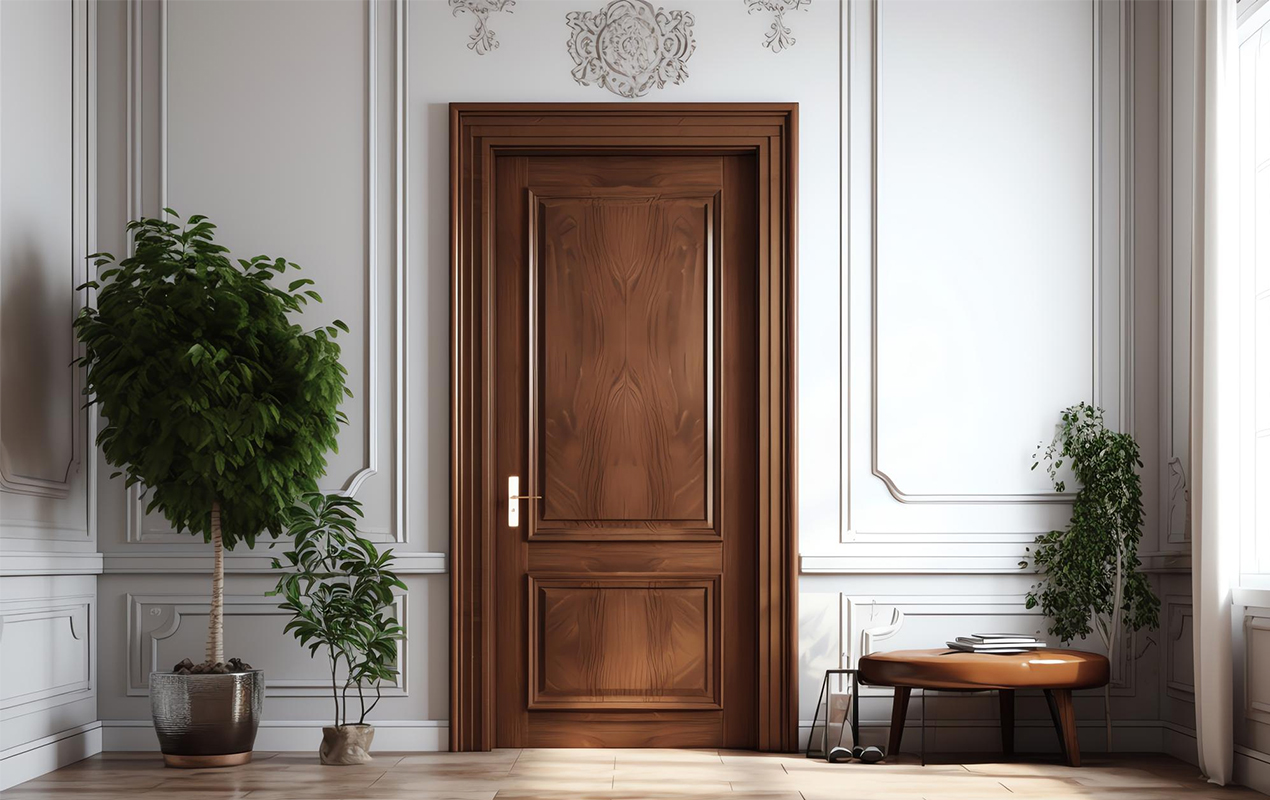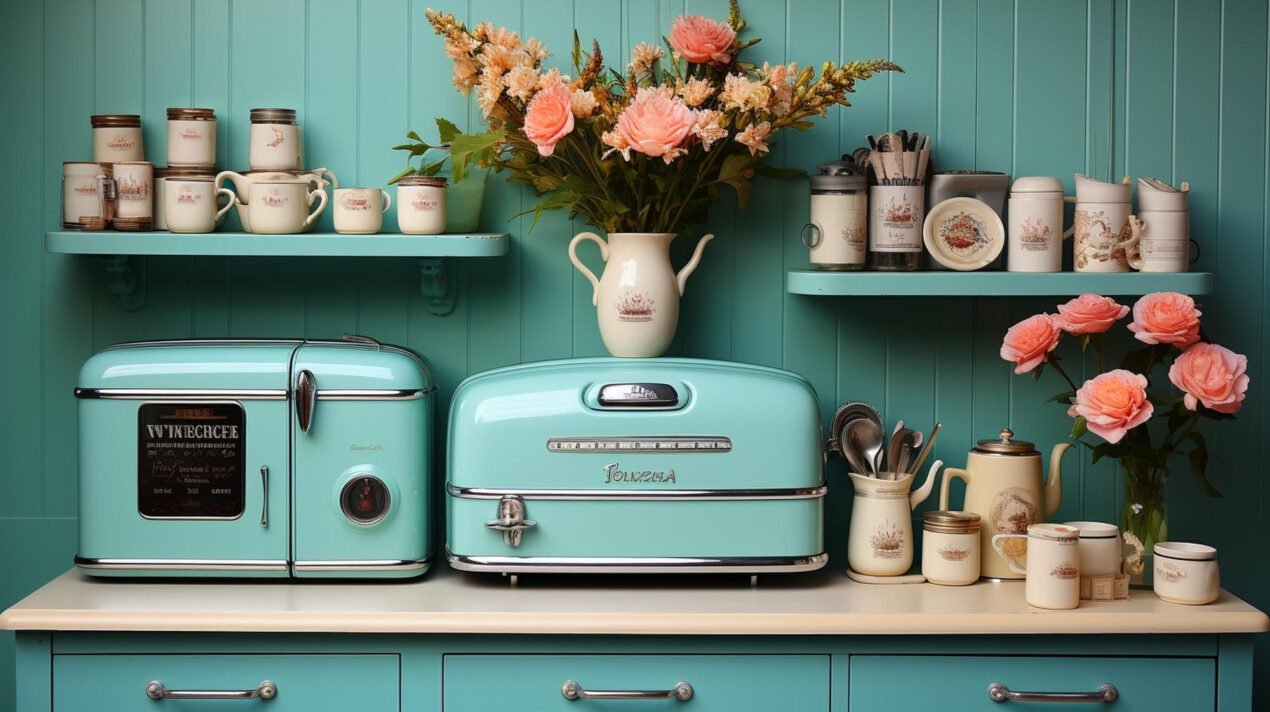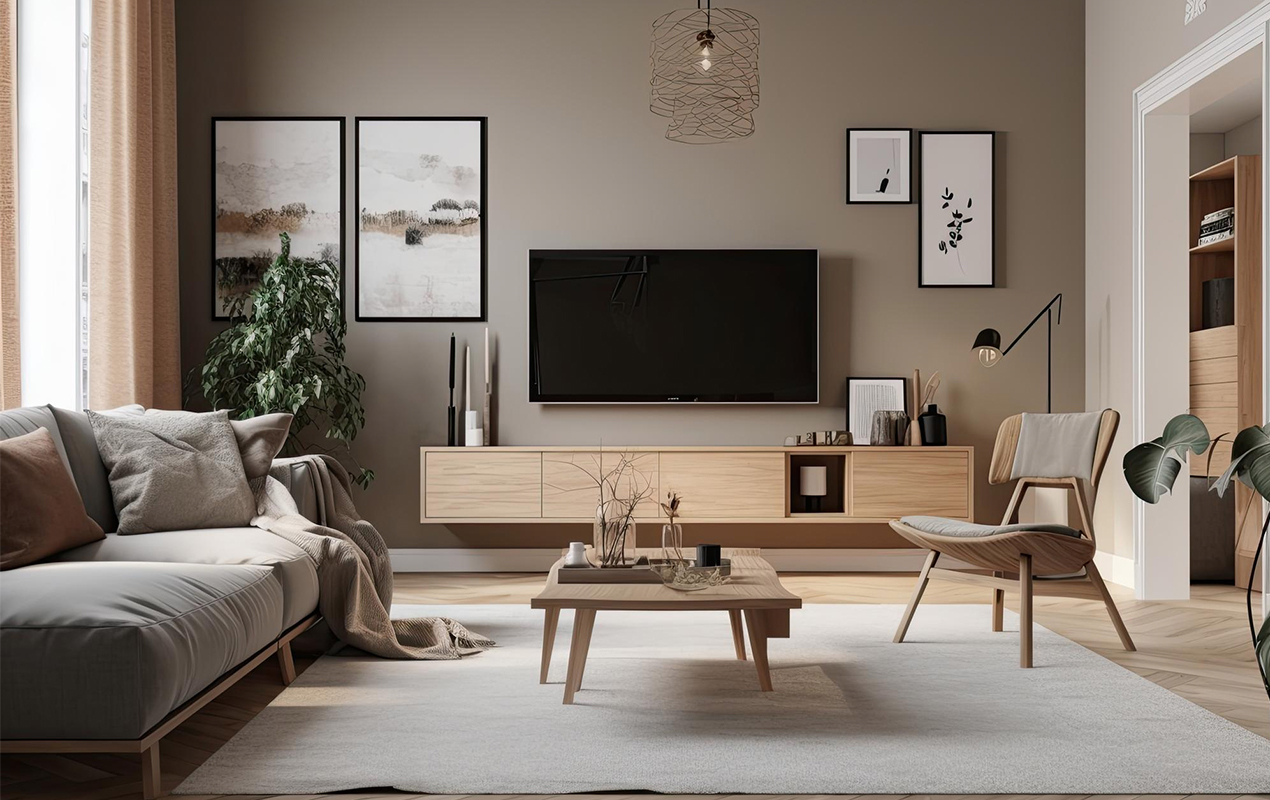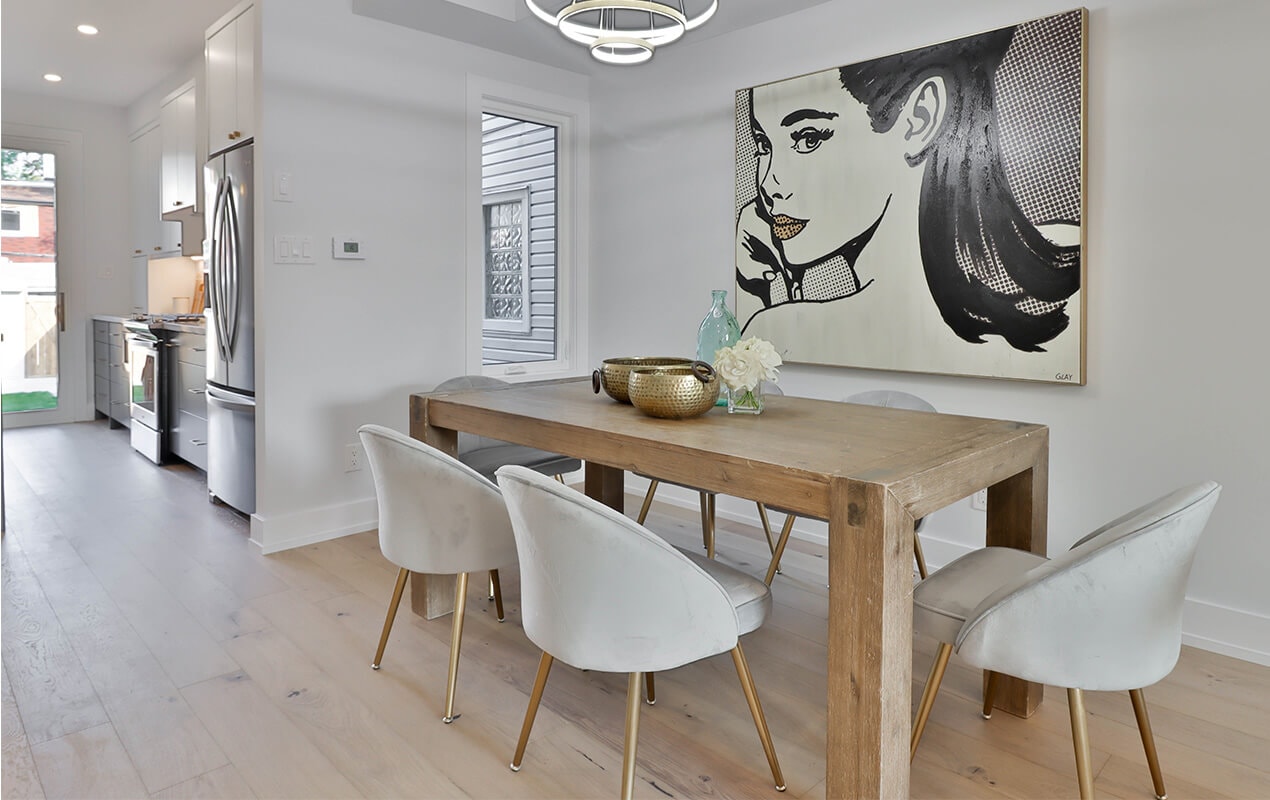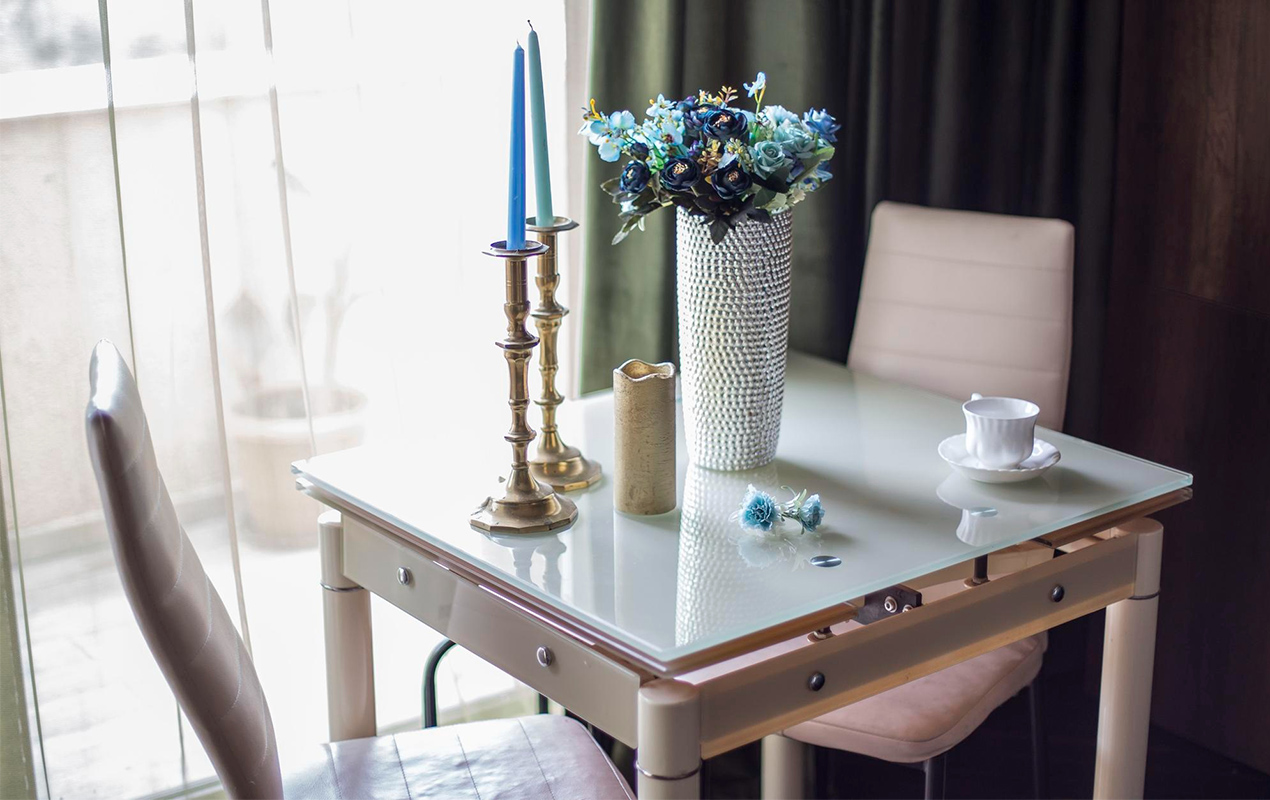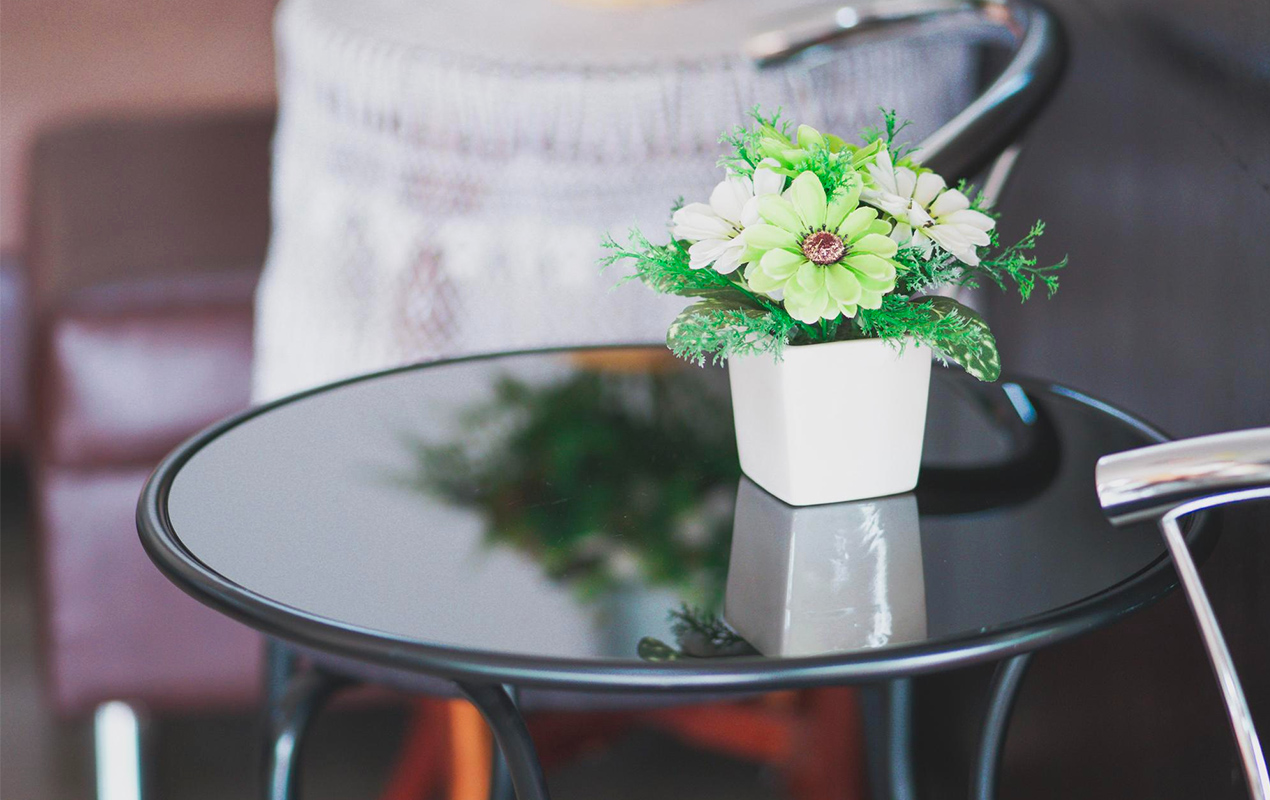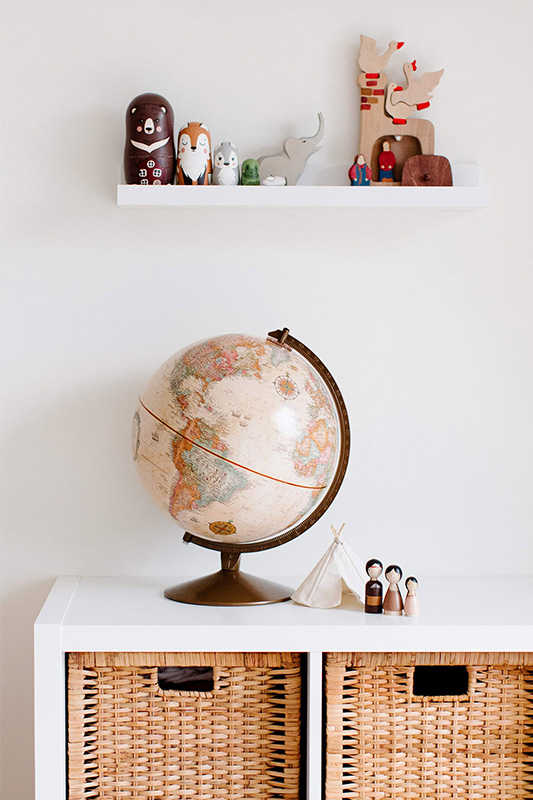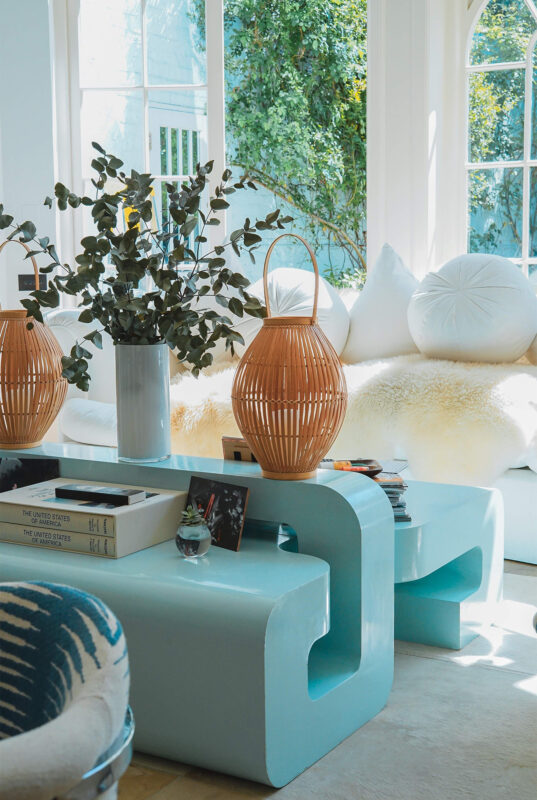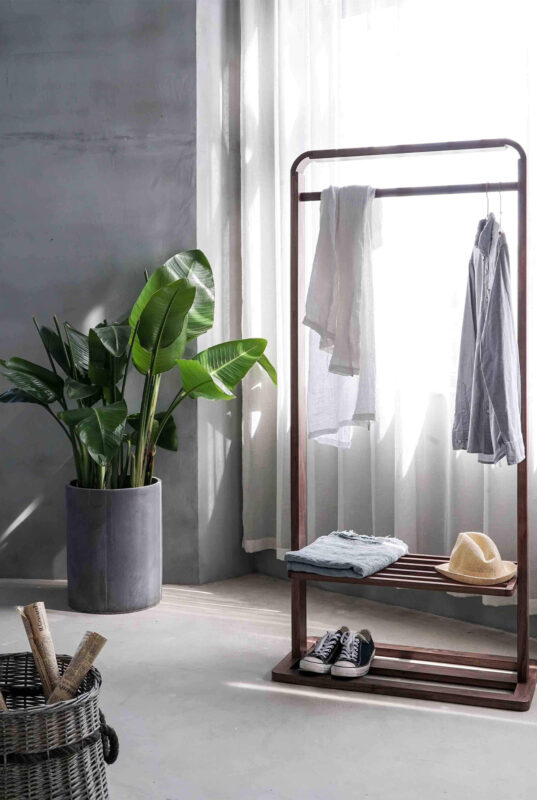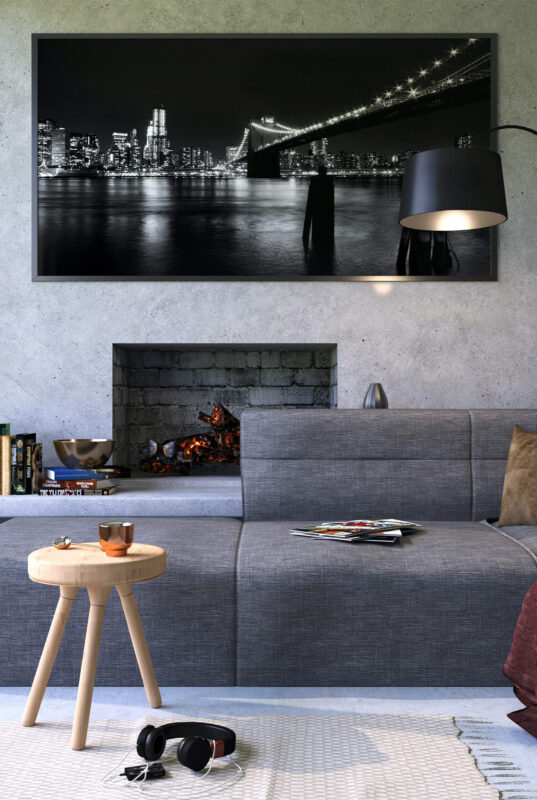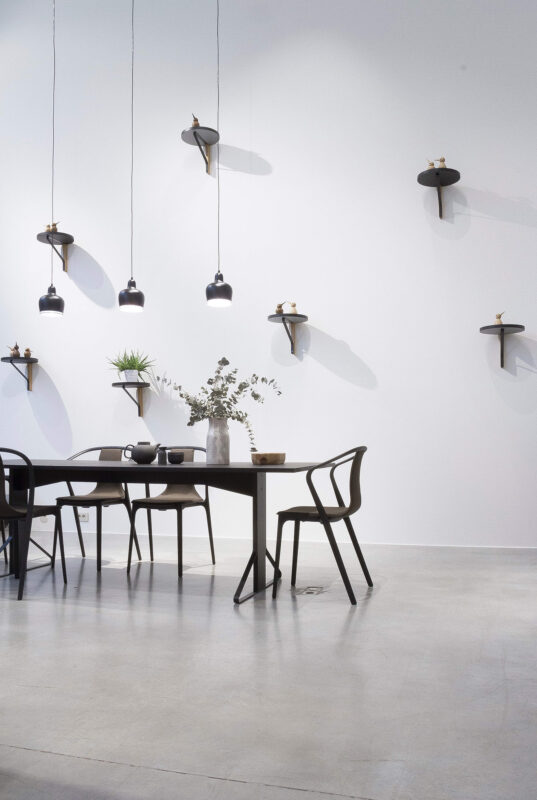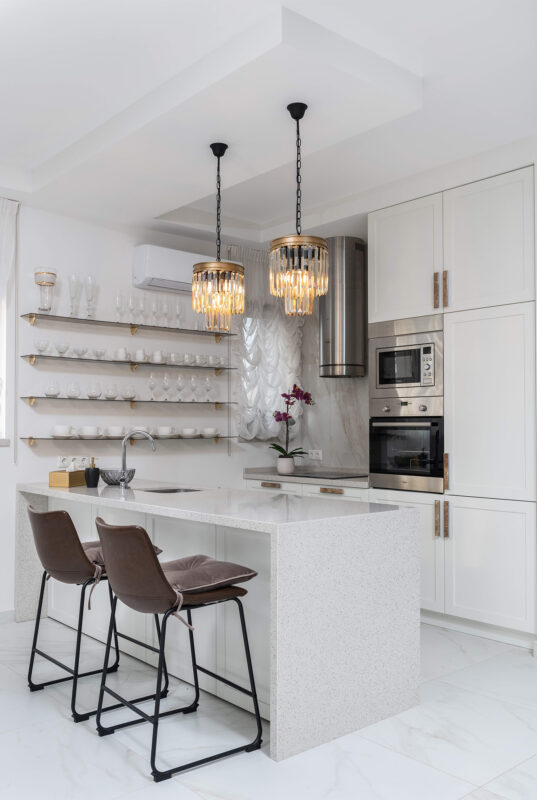Blog
Is a Tempered Glass or Ceramic Glass Coffee Table Safer for Your Home?
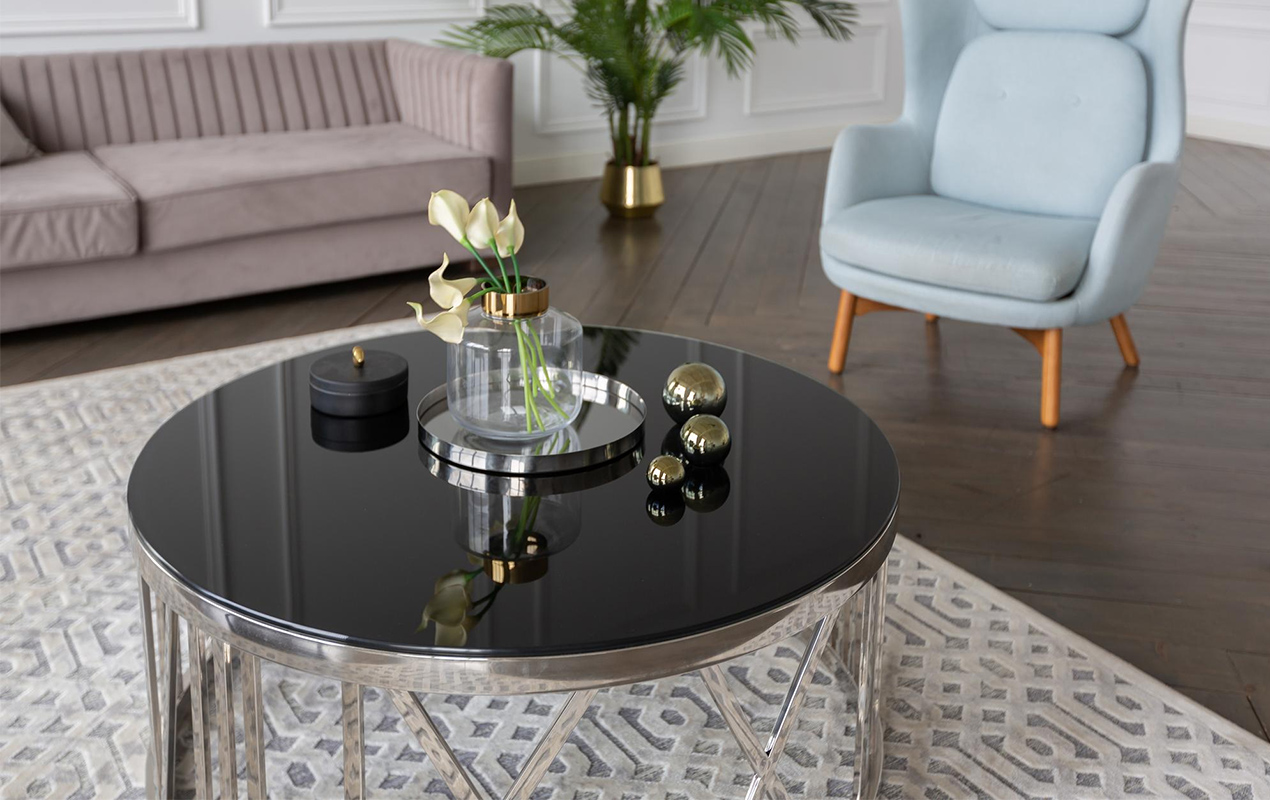
Tempered vs Ceramic Glass Unders- Coffee Table Safety
Glass coffee tables are known for being staples throughout modern living rooms with their clean aesthetic and reflective qualities. Yet, the question of glass coffee table safety often arises: just how safe are they? With the two leading glass options – tempered and ceramic – the answer isn’t always clear-cut.
The choice between tempered and ceramic glass for a coffee table isn’t merely a matter of aesthetics; it’s a decision potentially impacting household safety. Both materials offer distinct advantages and disadvantages, each with its own unique safety profile.
In the following sections, we’ll unravel the science behind tempered and ceramic glass, explore their shattering patterns, assess their suitability for various households, and explain how to tell if the glass is tempered or ceramic. We’ll cover the common misconceptions surrounding both materials, providing you with a clear understanding of their strengths and vulnerabilities.
Whether you have a bustling family with young children or a tranquil abode shared with furry friends, this comparison will equip you with the knowledge to best answer the question ‘What is better, tempered glass or ceramic glass?’ for your individual setup.
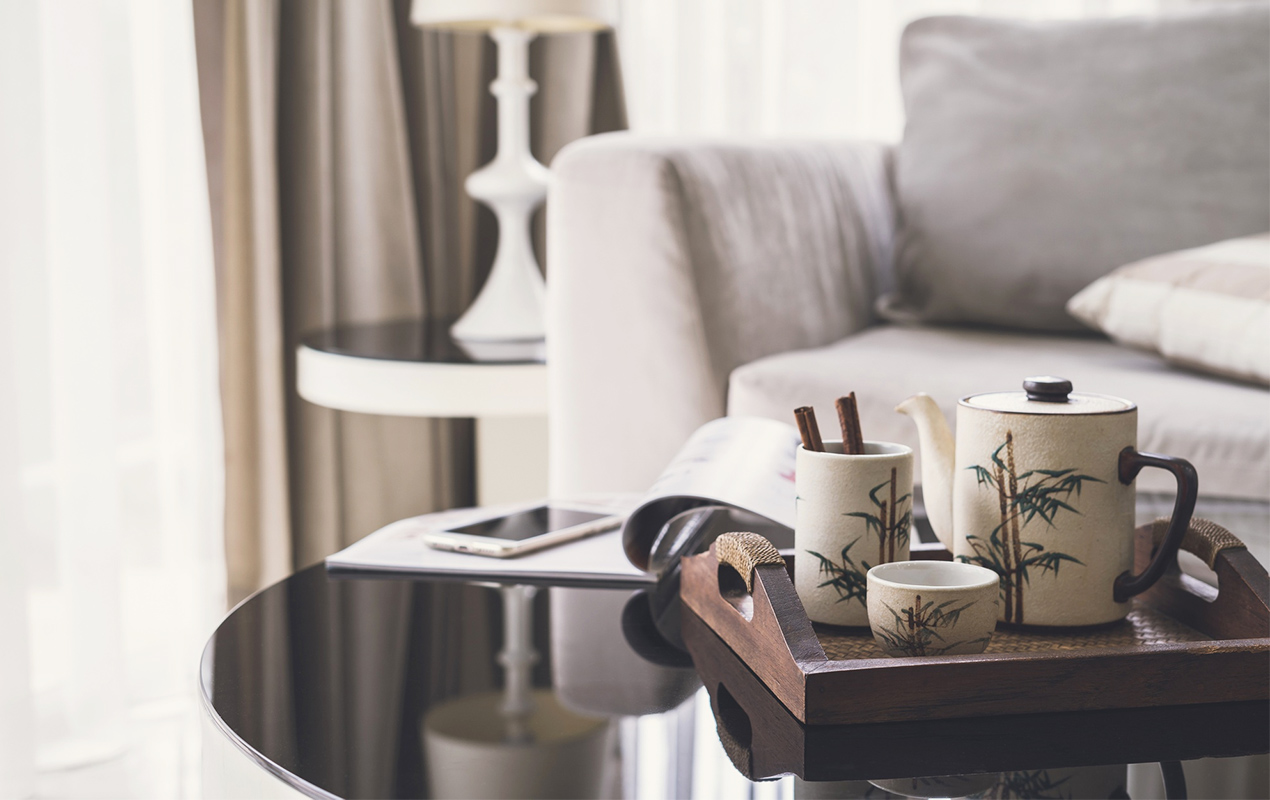
Photo by Kitzcorner from Freepik
Understanding Tempered Glass
As we mentioned in this article, tempered glass is often hailed as a safety option, undergoing a transition that sets it apart from ordinary annealed glass. We previously outlined the tempering phase, explaining the process of heating and cooling the glass to create internal tension balanced by surface compression. Doing so strengthens the glass while also allowing us to better dictate its distinctive breakage pattern, which crumbles into small, relatively harmless pieces, reducing the risk of severe cuts and injuries in the event of breakage.
Despite its strength, tempered glass is not indestructible. A common misconception is that it’s unbreakable, yet it can still shatter under certain conditions, one being thermal shock. This is a sudden temperature change causing the glass to expand and contract unevenly, weakening the structure and leading to shattering, a risk particularly relevant to coffee tables where hot beverages are frequently placed.
Despite this potential risk, tempered glass remains superior for coffee tables due to its durability and scratch-resistant properties. It can withstand the wear and tear of daily use, making it practical for households with active lifestyles. It’s also worth noting that modern manufacturing techniques have further improved the thermal shock resistance of tempered glass, making it less susceptible to this type of breakage.
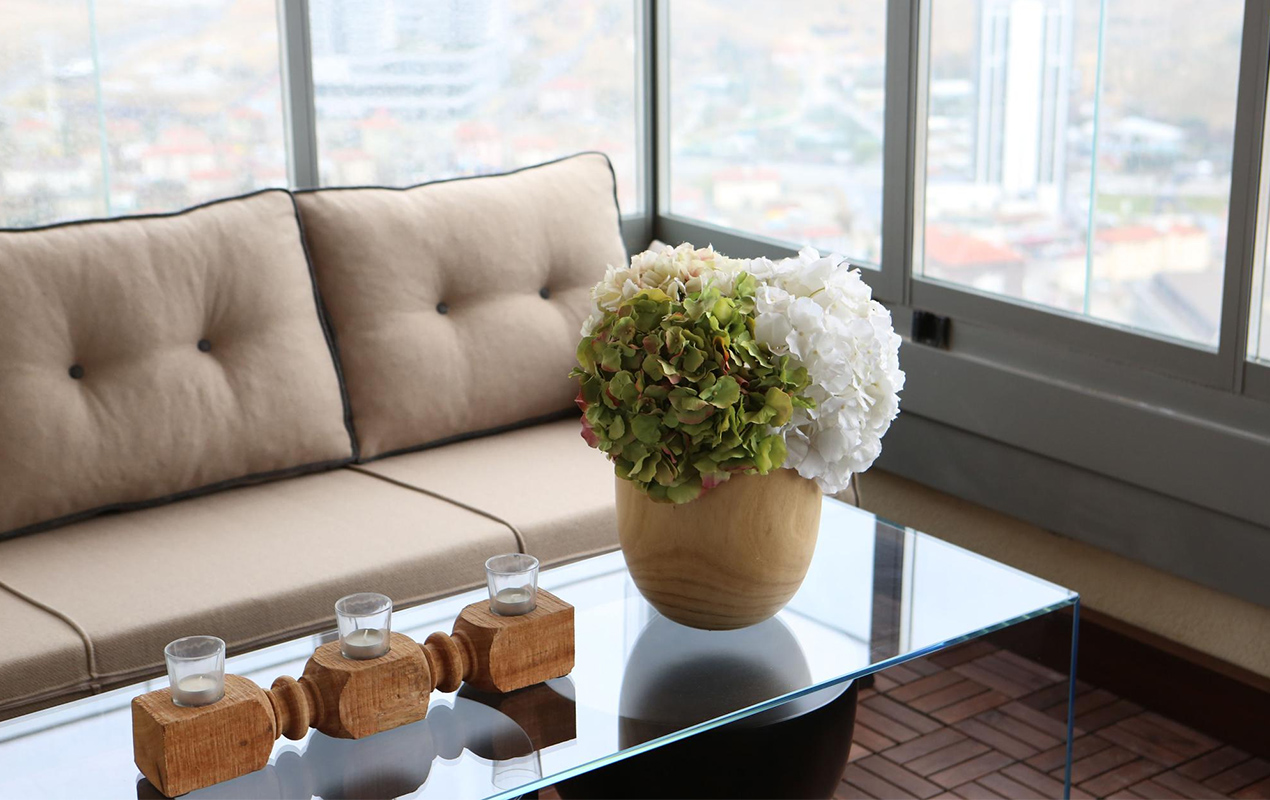
Photo by Utku Demirsoy from Freepik
Understanding Ceramic Glass
Ceramic glass, also known as glass-ceramic, despite its name, isn’t glass in the traditional sense. It’s a material born from a fusion of glass and ceramic, possessing characteristics that enhance it from its parent materials. Unlike traditional tempered or annealed glass, which is primarily composed of silica, ceramic glass undergoes a controlled crystallization process. This process transforms the amorphous structure of glass into a crystalline one, resulting in a material with enhanced properties.
One of the most notable distinctions is its remarkable thermal resilience. Unlike regular glass, which is prone to shattering under extreme temperature fluctuations, ceramic glass can withstand rapid heating and cooling without succumbing to thermal shock. This makes it an ideal material for applications where heat resistance is paramount, such as cooktops and fireplace doors.
In terms of impact resistance, ceramic glass outperforms tempered glass, demonstrating greater resilience to accidental bumps and knocks. However, it’s important to mention that while ceramic glass is tougher, it’s not shatterproof. When it does break, it tends to fracture into larger, sharper shards than tempered glass.
However, ceramic glass isn’t without its drawbacks. It’s typically more expensive than tempered, and its higher density makes it heavier, which can be a consideration for larger coffee tables. Despite these potential downsides, the mix of safety, durability, and style makes ceramic glass a compelling option for those seeking a distinctive and resilient coffee table.
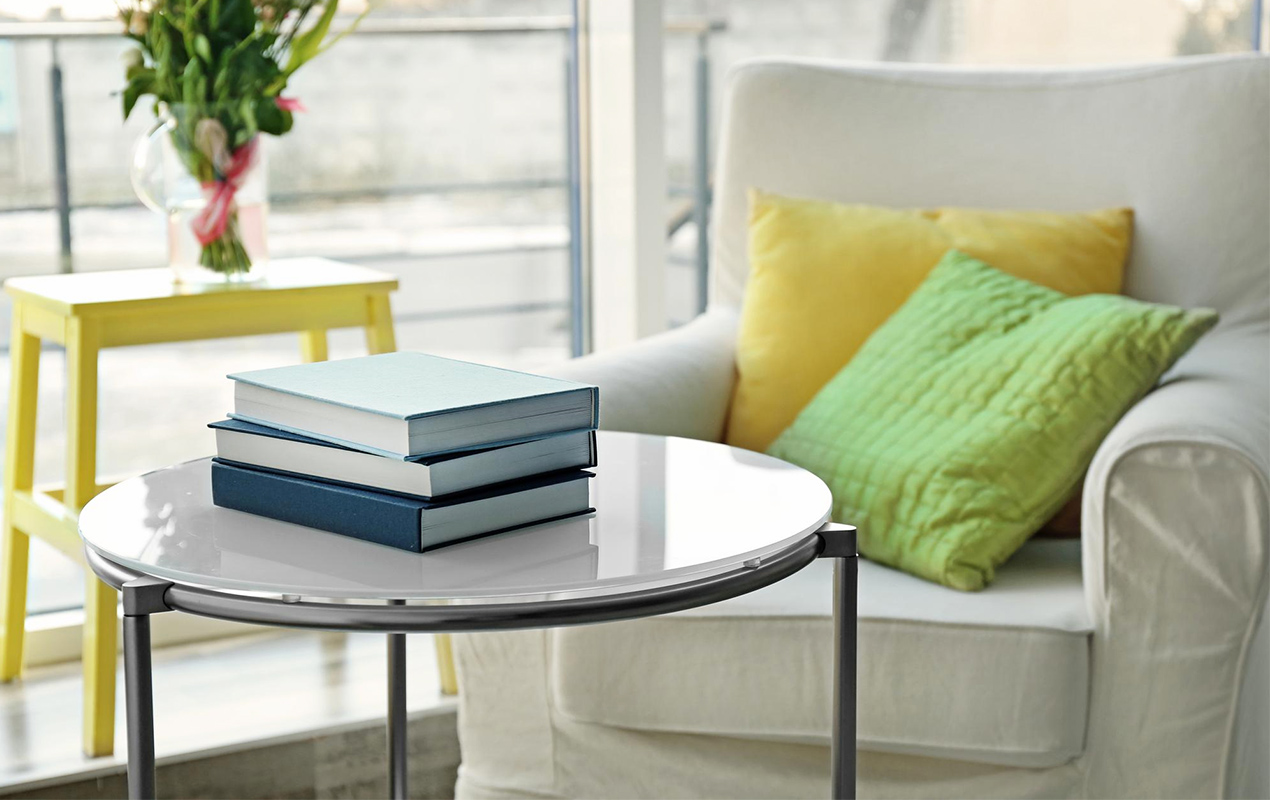
Photo by Pixel-shot.com from Freepik
Glass Coffee Table Safety – The Face-Off
In the arena of coffee table safety, tempered glass, and ceramic glass present a compelling duel, each boasting unique strengths and vulnerabilities.
Impact Resistance
In a head-to-head collision with a blunt object, ceramic glass generally holds the upper hand. Its crystalline structure grants it superior impact resistance, making it less likely to crack or chip under pressure. Tempered glass, while significantly stronger than ordinary glass, can still succumb to forceful impacts, particularly at its edges.
Thermal Shock
When it comes to withstanding sudden temperature changes, ceramic glass emerges as the clear victor. Its low thermal expansion coefficient renders it virtually immune to thermal shock, making it ideal for households where hot beverages are frequently placed on the coffee table. In contrast, tempered glass, despite advancements in manufacturing, remains susceptible to shattering when exposed to extreme temperature differentials.
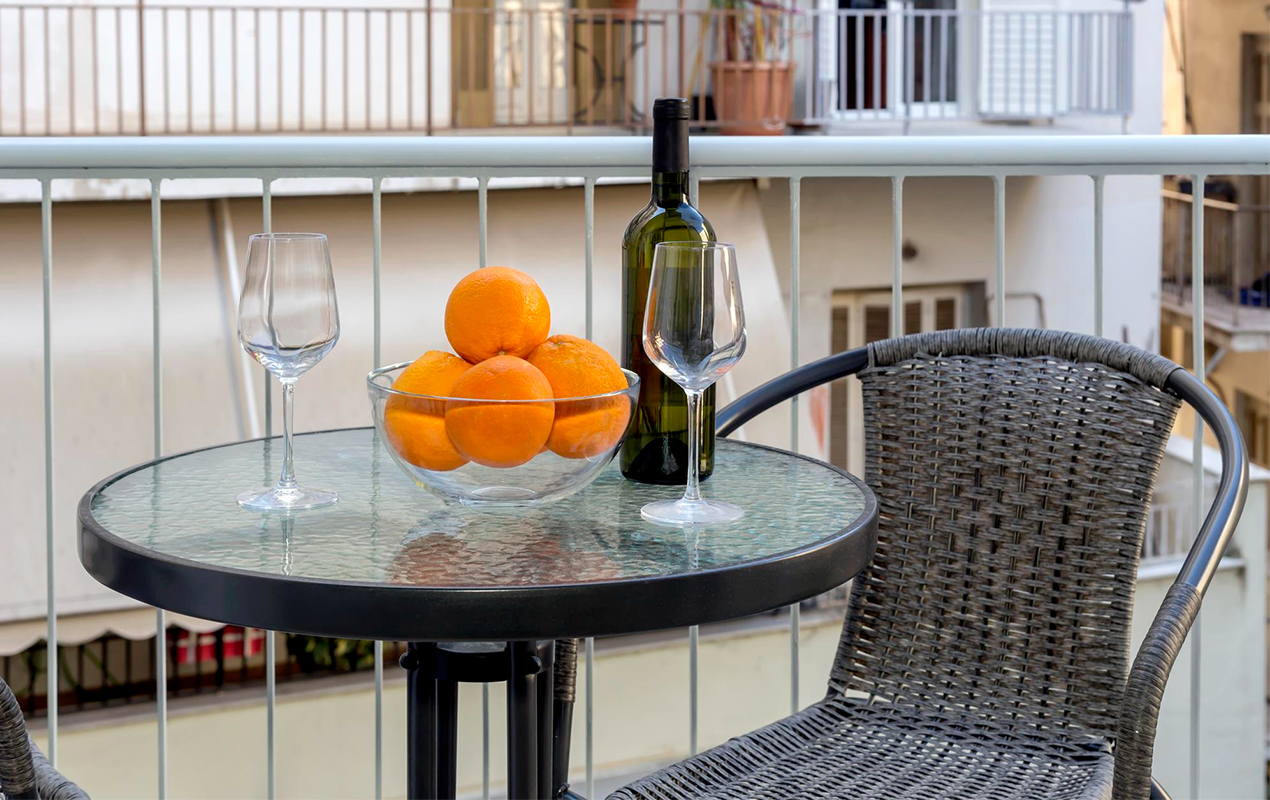
Photo by Gestiafoto from Freepik
Breakage Patterns and Associated Risks
This is where the comparison takes a nuanced turn. While ceramic glass might win the impact and thermal shock battles, its breakage pattern poses a unique risk. As previously mentioned, when ceramic glass shatters, it tends to fracture into large, sharp shards potentially causing significant injuries. Whereas, tempered glass, due to its internal stresses, crumbles into small, relatively harmless pieces upon impact.
Household Considerations
For households with children or pets, the choice becomes even more pressing. The small, granular fragments of tempered glass, while not entirely risk-free, are generally considered safer than the sharp shards of ceramic glass. If your living room is a hub of activity with frequent accidental bumps and spills, tempered glass might be the more prudent choice.
The “safer” glass depends on your specific needs and risk tolerance. If you prioritize impact resistance and heat tolerance, ceramic glass might be your preferred option. However, if minimizing the risk of sharp debris is paramount, especially in households with children, tempered glass could be the safer bet.
It’s crucial to remember that both materials have their limitations. Regardless of your choice, practicing caution and implementing safety measures like using coasters and supervising children around the table is essential for a secure and enjoyable living space.
Additional Safety Factors to Consider
While the choice of glass plays a pivotal role in coffee table safety, it’s not the sole factor to consider. Several other elements can influence coffee your table, regardless of whether it’s made of tempered or ceramic glass.
- Table Stability: A wobbly or unstable table poses a considerable risk, as it’s more likely to tip over, potentially causing the glass top to shatter and cause injury. Ensure your chosen table has a sturdy base and even weight distribution to minimize the risk of accidents.
- Sharp Corners: Even with tempered or ceramic glass, sharp corners can be a hazard, especially for children. Look for tables with rounded edges or consider using corner protectors to soften the impact of accidental bumps.
- Glass Thickness: The thickness of the glass top also plays a role in its durability and safety. Thicker glass is generally more resistant to impact and less prone to breakage than thinner glass.
- Coasters and Trivets: Regardless of the glass type, using coasters for drinks and trivets for hot dishes is essential to protect the surface from scratches, stains, and thermal shock. These simple accessories can greatly extend the lifespan of your table and reduce the risk of accidental breakage.
- Placement: The placement of your table also matters. Avoid positioning it in high-traffic areas where it’s more likely to be bumped or knocked over. Consider the layout of your furniture and choose a location that minimizes potential hazards.
Make an Informed Decision
Choosing between tempered glass or ceramic requires a competent review of your needs and priorities. Here’s a recap of the key safety considerations to guide your decision:
| Feature | Tempered Glass | Ceramic Glass |
|---|---|---|
| Impact Resistance | Superior; shatters into small, relatively harmless pieces upon impact. | Good; can crack or chip under pressure, less impact-resistant than tempered glass. |
| Thermal Shock | Vulnerable, especially at edges; potential risk with hot beverages. | Exceptional; withstands rapid temperature fluctuations without shattering. |
| Breakage Pattern | Small, granular pieces; less likely to cause severe cuts. | Larger, sharper shards; higher risk of cuts and injuries. |
| Child/Pet Friendliness | Less hazardous breakage pattern, but thermal shock risk with hot drinks. | Heat resistant, but sharp shards pose a risk if broken. |
| Aesthetics | Classic, timeless look. | Modern, sleek aesthetic. |
Consider Your Priorities:
- Child Safety: If you have children who might accidentally bump or knock the table, tempered glass might be a safer option due to its less hazardous breakage pattern. However, the thermal shock risk should be carefully considered.
- Pet Safety: Similar to children, pets can pose a risk of impact damage. However, their lower center of gravity might make them less susceptible to thermal shock risks from hot beverages. Ceramic glass could be a suitable option if you primarily worry about scratches from paws.
- Heat Resistance: If you frequently place hot drinks or dishes on your table, ceramic glass is the clear winner due to its exceptional thermal resilience.
- Aesthetics: Consider your preferences and the style of your space. Tempered glass offers a classic, timeless look, while ceramic glass exudes a modern, sleek aesthetic.
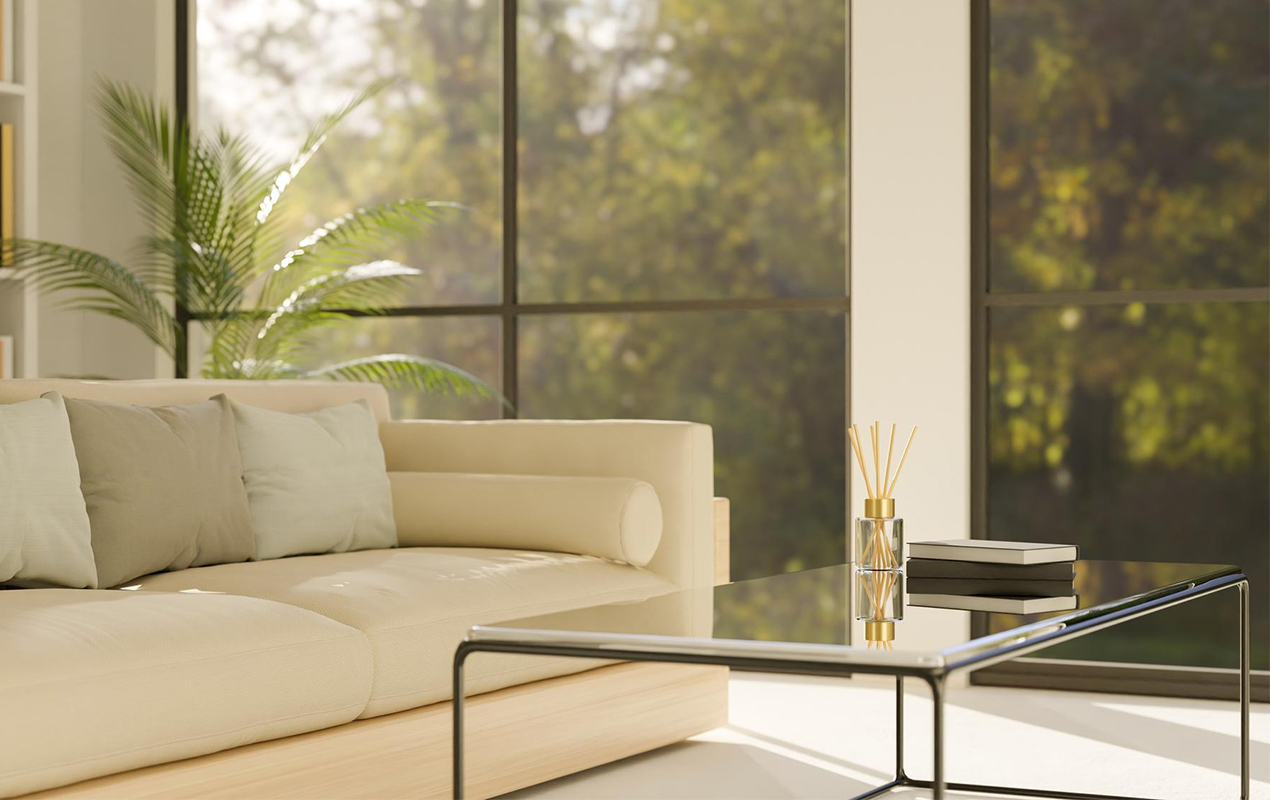
Photo by Thanyakij-12 from Freepik
Tempered vs Ceramic Glass – Final Thoughts
The choice between a tempered glass and ceramic glass coffee table isn’t merely a matter of aesthetics; it’s a decision that ripples through your home’s safety landscape. While both materials display strengths, their safety profiles diverge in crucial ways. Tempered glass, with its controlled shattering pattern, offers a defense against large, dangerous shards, yet it remains vulnerable to thermal shock. Conversely, ceramic glass, renowned for its resilience, can still fracture into sharp pieces under extreme pressure.
Your choice hinges on your household’s specific needs and priorities. If children or rambunctious pets are part of the equation, tempered glass might be the safer bet. Conversely, if you value heat resistance and a modern aesthetic above all else, ceramic glass could be your champion.
There’s no one-size-fits-all answer to the question of which glass is “safer.” It’s a nuanced decision demanding consideration of your lifestyle, environment, and priorities. By equipping yourself with accurate information and weighing the pros and cons of each material, you can select a table that enriches your space while safeguarding the well-being of those who share it.
